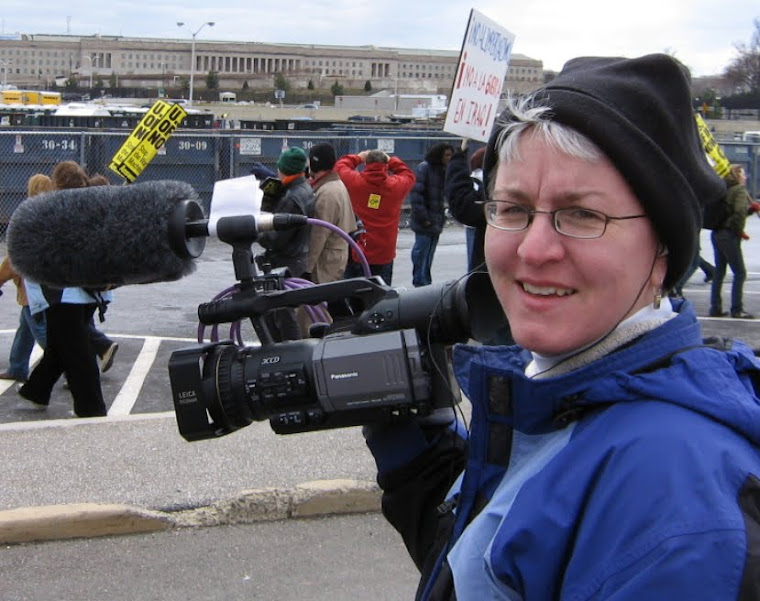I want to review some notes from a workshop given by filmmaker, author, entrepreneur, Jon Reiss whose film Bomb It has been a great laboratory for gaining critical information about independent film distribution, audience engagement, marketing and outreach. I'd also recommend his book, Think outside the box office. The ultimate guide to film distribution and marketing for the digital era.
Here are a few things that I found most important.
- The old Hollywood studio model for releasing films never worked for indie films. A new model has arisen and the good and the bad of that is that each film requires its own blueprint. While we may draw principles from each other, we need to understand our film and our audience(s) and figure out how to get to them.
- This new model requires indie filmmakers to redefine film rights. We need to focus on a split rights strategy. For instance, we can parse out live event rights, festival, theatrical, merchandise, digital, foreign, and mobile rights to different folks to maximize revenue and to work with specialists who know these areas intimately. This replaces the one stop shopping of handing over all rights to one distributor who may not have expertise in one or more area and will not be working in your best interest.
- Live events are becoming more and more popular as we create a value added experience for film goers. [As a side note, I see this happening more and more here in Denver. Thursday I'm heading to the new D.A. Pennebaker, Chris Hegedus film, Kings of Pastry that will include a pastry after party. Another film that recently came through Denver, Ready, Set, Bag donated $1 of every ticket to a food bank. Another film, The Parking Lot movie, holds screenings in...you guessed it, parking lots.]
- Reiss talked briefly about pitching and offered this advice on what a pitch to investors should accomplish: "Inspire greed. Alleviate fear." I suppose the agent of social change in me has a little trouble with the first, but if we're talking about serious investors it makes sense to talk to their pocket books. They haven't come to the pitch to see my outfit.
- In this day and age of apps, it's not a bad idea to have your short turned into a widget. Adding to that, why not serialize your longer film, doc or narrative?
- Integrate your audience into the filmmaking process. This can begin at a place like Kickstarter where people are directly funding your project. You can also offer a pre-sale of the DVD. Of course you can build this audience through social media like Facebook, Twitter, Flickr and through a blog (like what you're reading here).
- Develop partnerships early on in the process of making your film. These partnerships can offer many different things like access to similar audiences, endorsements, cash, co-promotions etc. In corresponding with Gita Pullapilly from the film The Way We Get By, she mentioned how Bangor Savings Bank in Maine where the film is set sponsored film openings all over the state. Calling on an extensive network of customers like the bank had would have been impossible for the filmmakers. [I would highly recommend this five-part series where Gita blogs about their DIY distribution plan. It is truly thoughtful and innovative.]

